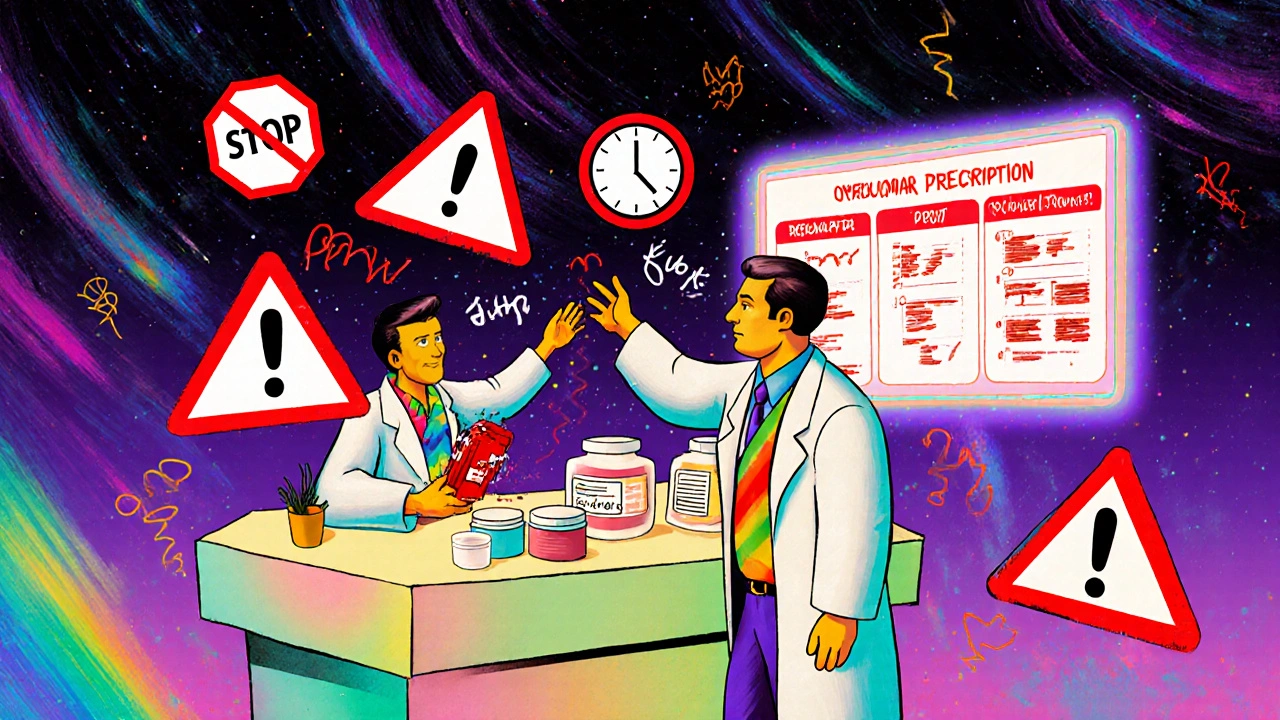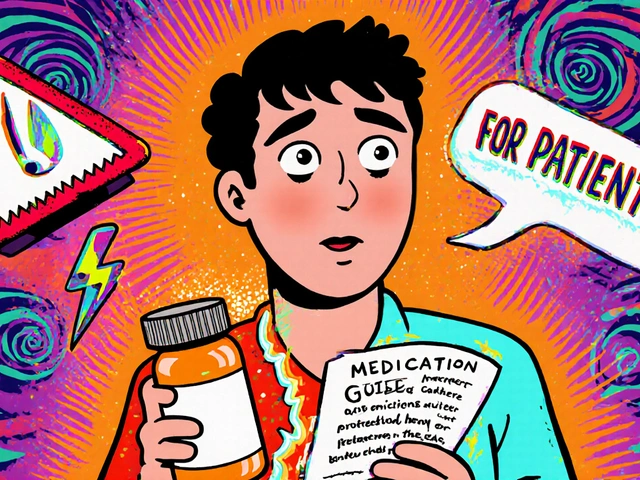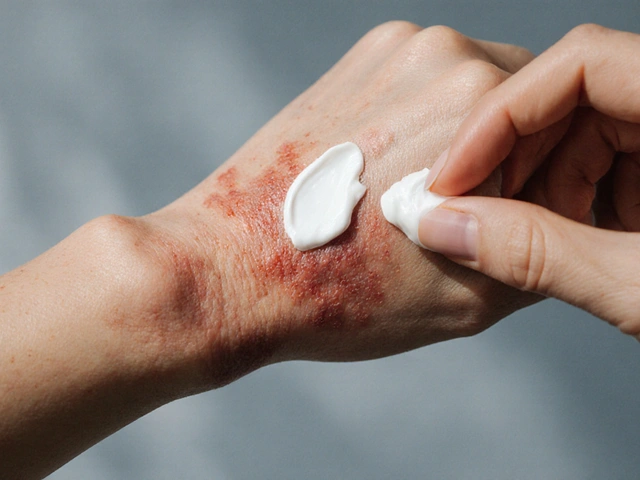Pharmacy Errors: What They Are, How They Happen, and How to Stop Them
When you pick up a prescription, you trust the pharmacy to give you the right medicine, in the right dose, at the right time. But pharmacy errors, mistakes made during dispensing, labeling, or verifying medications. Also known as medication errors, these aren’t just rare glitches—they happen far more often than most people realize, and many lead to hospital visits or worse. A study by the National Academy of Medicine found that the average American is likely to experience at least one medication error in their lifetime. These aren’t always the pharmacist’s fault. They can start with a doctor’s sloppy handwriting, a confusing drug name, a misread dosage, or even a mix-up between similar-looking pills on the shelf.
Prescription errors, mistakes in how a medication is ordered or written. Also known as prescribing errors, it’s the first domino that often knocks over the rest. Think of a patient getting amoxicillin instead of amiodarone—two names that sound alike but do wildly different things. One treats infections. The other manages heart rhythm. Mix them up, and you could trigger a life-threatening arrhythmia. Then there’s adverse drug reactions, harmful side effects caused by medications, often because of interactions or wrong dosing. These aren’t always predictable. A patient on statins might develop muscle pain, not because the drug is broken, but because their genetics make them extra sensitive. Or someone taking St. John’s Wort with an SSRI might spiral into serotonin syndrome without knowing the herbal supplement was the trigger.
Pharmacy errors don’t just happen in big hospitals. They show up in your local drugstore, in online pharmacies that skip verification, or even when you self-medicate with supplements that clash with your prescriptions. The good news? You don’t have to be passive. You can ask questions. You can double-check labels. You can report suspicious side effects through systems like MedWatch, the FDA’s official platform for reporting drug safety issues. Your report might not fix your problem, but it could prevent someone else’s tragedy.
What you’ll find below isn’t just a list of articles. It’s a toolkit. From how to spot dangerous drug interactions, to understanding why genetic testing can save you from statin side effects, to knowing exactly what to do when a medication doesn’t feel right—these posts give you the real-world knowledge to protect yourself. You don’t need to be a doctor. You just need to be informed.
How to Prevent Early Refills and Duplicate Therapy Mistakes in Pharmacy Practice
Learn how to stop early refills and duplicate therapy mistakes in pharmacy practice using evidence-based protocols, EHR tools, and staff training to improve patient safety and reduce medication errors.






